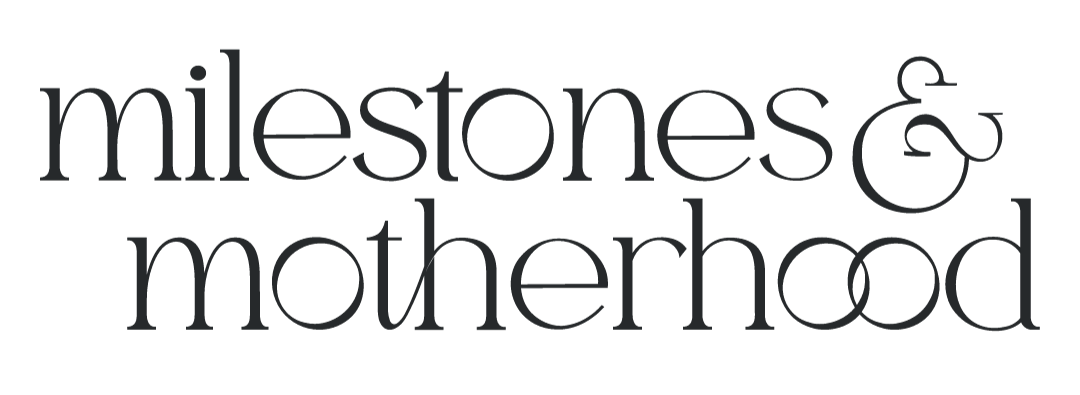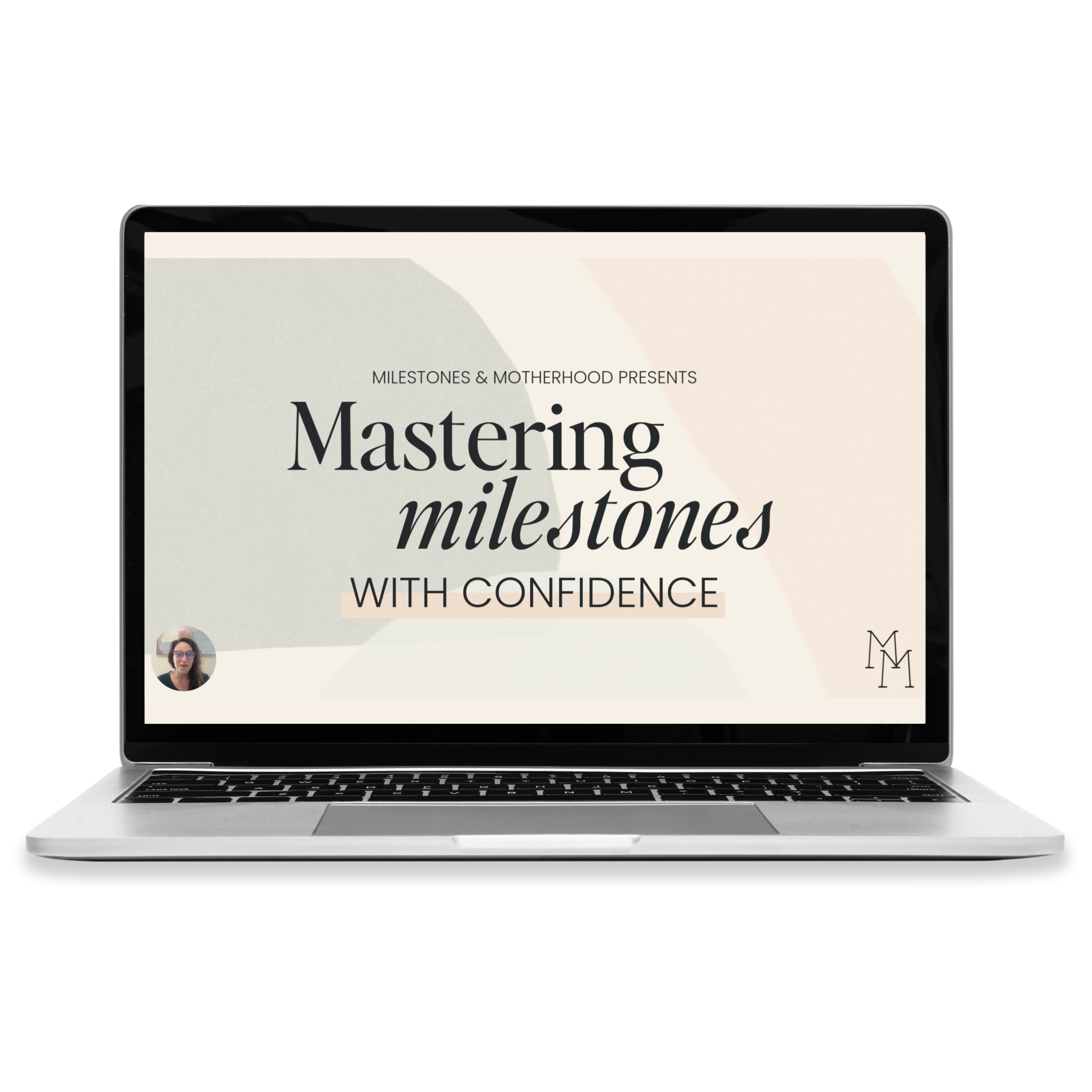Is It Okay If My Baby Rolls Back To Belly First?
“Why is my baby rolling back to belly first if belly to back is expected to happen before?”
This is definitely an FAQ - so let’s talk about it!
When Should Rolling Happen?
First, some clarifying information. Belly to back rolling IS technically expected to emerge first, often around 3-5 months of age, with back to belly rolling following closely behind, emerging around 4-6 months of age.
That being said - it is certainly not uncommon to see back to belly rolling happening FIRST now a days, as compared to when many of us were babies- and interestingly, a lot of that has to do societal shifts over the last few decades. 👀
WHAT? Why would that be??
Let’s back up quickly and answer why ‘tummy time’ as we know it is even a thing, so we can get into what it has to do with this? (Because I promise - it does!)
How Tummy Time Effects Rolling
Tummy time became a formal recommendation by medical professionals after the implementation of the ‘Back to Sleep’ campaign - which I'm NOT knocking, it was necessary- but while necessary, it was also the catalyst for massive societal shifts that would in turn, impact our baby's development for generations to come.
The reason that our parents didn’t “do tummy time” was because before the BTS campaign, most people laid their baby on their belly to sleep. Which meant as soon as we woke up on our bellies, we immediately started pressing up & working our neck, back and arm muscles, just like when on the floor doing tummy time. This meant in general, milestones emerged much sooner than they currently do.
Now, as time passed after the implementation of the BTS campaign, although it was a massive success for it's intended purpose, there unfortunately were repercussions on many other areas of baby development, gross motor being one of the biggest.
As time spent in tummy time decreased for so many reasons (parental fear, lack of education, lack of support and resources, the explosion of the baby container market, etc.) there were concurrent sharp INCREASES reported in referrals related to things like flat spots on the skull, torticollis, ‘container baby syndrome’, and overall developmental delays in milestone acquisition.
All of this led to more & more research being gathered and ultimately the development of an adjacent program- 'tummy to play' which aimed to help combat these findings and support what we KNEW related to tummy time benefits and the impact of babies doing less and less tummy time that was clearly playing out right in front of us.
SO, the shifts in tummy time approach really STARTED from the BTS campaign.
But let’s quickly talk about human nature, because it ties into this and is pretty dang amazing if you ask me!
Now, we know WHERE 'tummy time' as we currently know it came from, but WHY does it ACTUALLY matter?
To keep this brief - When baby is flexed up in the womb, it lengthens the muscles along the back of their body and preps them to strengthen first.... DURING TUMMY TIME!
When baby is belly down & begins lifting their head and pressing up, it serves to lengthen the muscles along the FRONT of their body in prep for the milestones we expect around months 3-4 of life, including bringing hands together and ultimately rolling.
So - baby is ready to work on their belly, they put in all that awesome tummy time effort and ultimately…..roll OFF their belly to their back FIRST!
Now they’ve rolled and are playing on their BACK- and because those FRONT muscles were prepped to work during tummy time, they transition right into the next skill, ultimately leading to mastering the roll from BACK to BELLY, where they’ll start to explore pre-crawling skills that lead into crawling and pulling to stand and awesome upright skills like walking! INCREDIBLE RIGHT?!
Ultimately, whether your baby rolls belly to back first or back to belly first, what matters MOST is that they CAN roll both ways and have quality time spent on the floor on back and tummy (and sidelying!) - hope that helps!
Looking for More Milestone Support?
If you’re ready to master your little one’s milestones with confidence and FUN, all from the comfort of your home, you’re in the right place! Just click the link below to join my FREE virtual training - all about Mastering Milestones With Confidence. I can’t wait to see you there ❤
Was this helpful? Save it for later!




